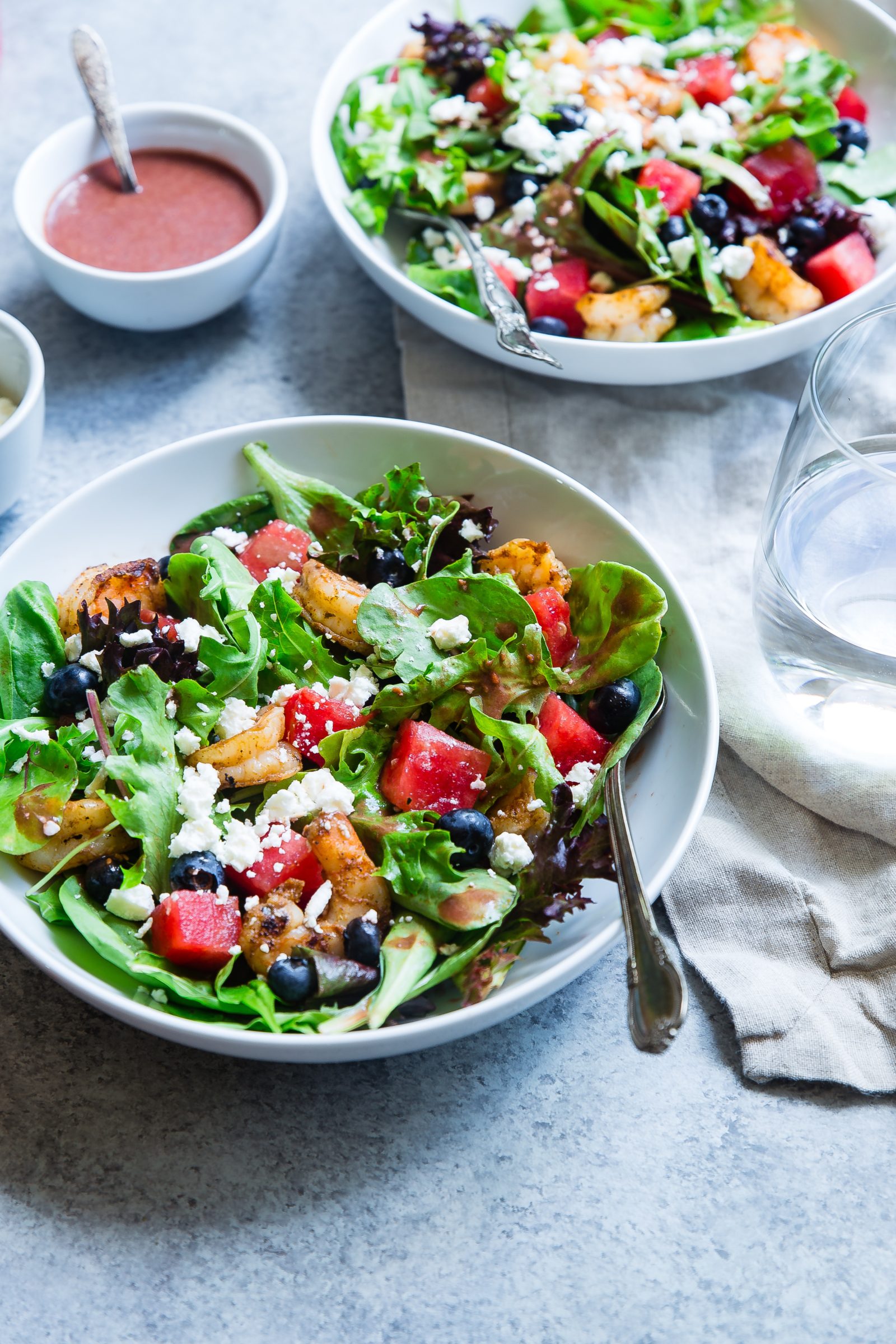1) Being unaware of the varieties
Always have a good understanding of the salad you want by checking any bank in the market. We can say there are 3 categories of salads: endives, lettuce and chicory. The leave of the endives looks more like that of chicory and it grows mainly during the cold months. It divided into curly endive having ruffled leaves and endive escarole with smooth, wide leaves. The lettuce has crispy texture, sweet flavor and light colors. The last which is the chicory is mainly found during autumn and winter and has taste that is close to bitter. Each of these plants is compatible with some ingredients as they have their distinct flavor. These may not really do when eaten alone but when matched with the right ingredients, they can make good flavors.
2) Constantly purchasing same salad
It is advisable to consume these salads fresh to ensure the flavor and nutrients such as mineral salts, vitamins and soluble fibers are intact. Always check the leaves if they are crunchy, hole free and healthy before purchasing. Also, be sure the colors are vivid. The outer leaves which are easily damaged are removed in order to keep them on the shelves for a long time.
Packaged salads: watch of these three things
A) Checking for swelling in the bag: when fermentation occurs, there is production of gas which causes swelling. In summary swelling occurs due to poor conservation.
B) Always wash the salad. The package usually states that you don’t need to wash because the salad has gone through double washing before enveloping but there are possibilities that some micro-organisms could still be present.
C) Expiration date: don’t purchase envelopes with closer date of expiration
3) Bad storage
The best place to store salads is in the fridge though most stalls in the market and supermarket selling salads are not chilled. Avoid wrapping with films to prevent them from getting spoilt as result of humidity. All you need is a container and a damp cloth to cover then place at the bottom of the fridge.
Always remove damaged parts and dry immediately whenever you see excess moisture or rotten leaves. The standard time salad should stay is 3 to 5 days although there are some species that can stay up to a week.
4) Not trying something new
There are lots of ingredients to match with the salads. Just imagine a new recipe and get the ingredients, all you need is the right match and care with the dose. mix seeds and fresh fruits to get the crispy taste and have fun with your new recipe. Don’t make salad a sad dish, so mix sweet ingredients with leaves that have bittersweet taste.
5) Using same dressing
Finally, lets discuss the other flavors, gravies and sauces. You can start with a vinaigrette prepared using an American dressing, balsamic vinegar, oil or mustard. If you are the type that love your salad to be sweet, it is best you go for a raspberry or strawberry sauce that a mayonnaise sauce. For salads with taste tending to bitter, you can use honey to sweeten while blue cheeses and yogurt are a perfect combo.
It is best to season your salad before serving to protect the leaves irrespective of the salad. You can try this my special recipe after you’ve explored different tastes and sauces. Just add few drops of balsamic vinegar to pure salad (without salt and oil). This will help you revive the natural flavor of the ingredients, the original fragrance and the taste of nature.
